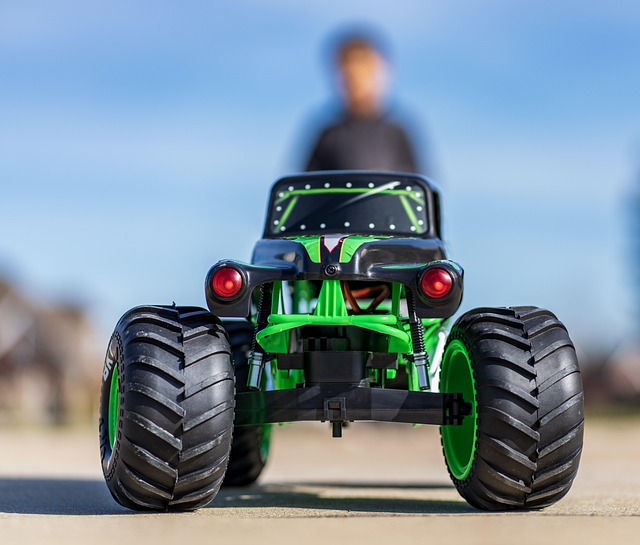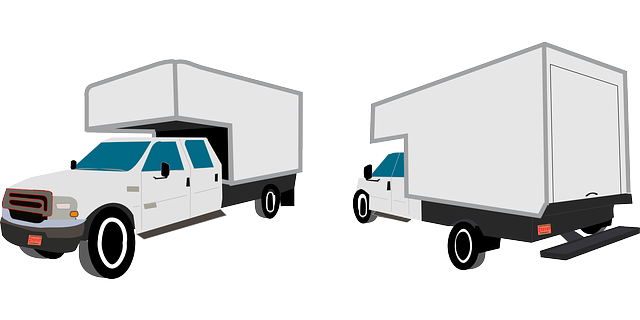Looking to register your car in California? This comprehensive guide breaks down the entire process, from gathering essential documents to visiting a DMV office. We’ll walk you through each step, ensuring accuracy with the DMV’s VIN verifier. Learn how to pay registration fees and obtain your plates hassle-free. Get ready to hit the road legally and confidently!
- Understanding the California Vehicle Registration Process
- Gather Required Documents for Car Registration
- Visiting a California DMV Office: Step-by-Step Guide
- Using the DMV's VIN Verifier for Accurate Data
- Paying the Registration Fees and Obtaining Your Plate
Understanding the California Vehicle Registration Process

Understanding the California Vehicle Registration Process
In California, registering a car involves several steps that must be completed with precision and accuracy. The process begins with gathering essential documents, including proof of ownership, vehicle identification number (VIN) verifier from a trusted source like a mobile vin verifier, and current registration (if transferring from another state). Once these are in place, the next step is to visit a California Department of Motor Vehicles (DMV) office or use their online services for a VIN inspection. The DMV will verify the vehicle’s details and issue a new registration if all requirements are met.
During this process, utilizing a mobile vin verifier can greatly streamline things. This technology enables users to quickly and accurately obtain a VIN report, ensuring that all vehicle specifications match those on file with the DMV. By incorporating these digital tools into your car registration journey, you can save time and reduce potential errors, making the overall experience more efficient.
Gather Required Documents for Car Registration

Before you begin the registration process, make sure to gather all the essential documents. The California Department of Motor Vehicles (DMV) requires specific paperwork for car registration, ensuring a smooth and efficient procedure. One crucial document is the Vehicle Identification Number (VIN) verifier, which can be obtained through various methods, including a mobile VIN verifier or a traditional inspection at a DMV office. This unique identifier is vital as it verifies the authenticity of your vehicle’s details.
Additionally, you’ll need to provide proof of ownership, typically in the form of a title or registration from the previous state, along with valid identification documents like a driver’s license or passport. Insurance papers and a bill of sale are also necessary. For a hassle-free experience, consider using mobile VIN inspection services that allow you to verify your vehicle’s details remotely, ensuring all documentation is accurate before heading to the DMV.
Visiting a California DMV Office: Step-by-Step Guide

Visiting a California DMV Office for Car Registration: A Step-by-Step Guide
1. Preparation: Before heading to the DMV, ensure you have all required documents in hand, including your vehicle’s registration from the previous state (if applicable), proof of insurance, and valid identification like a driver’s license or state ID card. You’ll also need the Vehicle Identification Number (VIN) of your car for verification purposes. Utilize a reliable DMV VIN verifier to ensure accuracy during this step.
2. Choose Your DMV Location: California has multiple DMV offices, so select one convenient for you. Many offer online appointments to streamline the process. If you prefer a mobile vin verification service, some private companies provide this option, which could save time compared to waiting at an in-person location. Upon arrival, locate the appropriate counter for registration and present your documents. The DMV representative will guide you through the steps, which include filling out forms, paying the registration fee, and scheduling a vin inspection if required.
Using the DMV's VIN Verifier for Accurate Data

Using the DMV’s VIN Verifier for Accurate Data
Before registering your car in California, it’s crucial to ensure that all the vehicle information is accurate and up-to-date. One effective tool at your disposal is the DMV’s VIN (Vehicle Identification Number) Verifier. This service allows you to cross-check the details of your car against the state’s records, ensuring consistency between the data on hand and what’s stored in their system. By utilizing this verifier, you can avoid potential delays or issues during registration, as it helps pinpoint any discrepancies early on.
The DMV’s VIN Verifier is a straightforward process that can often be completed online or through a mobile vin inspection app. Simply input your VIN and relevant information, such as the make, model, and year of your vehicle. The system will then retrieve the associated data from its records, allowing you to compare and verify important details like ownership history, safety recalls, and any outstanding issues that might affect registration. If discrepancies are found, it’s best to address them promptly to ensure a smooth registration process.
Paying the Registration Fees and Obtaining Your Plate

After completing your vehicle’s registration application, it’s time to discuss the financial aspect—the registration fees. In California, these fees vary based on several factors including your vehicle’s make, model, and year. The cost also differs for new and used cars. Once you’ve calculated the total amount due, which often includes a base fee plus emissions testing or other environmental charges, you can proceed to pay at the DMV or through their online portal.
Obtaining your license plate is a straightforward process after paying the fees. For a standard registration, the DMV will issue a set of plates that match your vehicle’s color and design. In some cases, especially for specialty vehicles, custom plates might be available. Once you have your new plates, ensure they are securely fastened to your car, typically on the rear and possibly the front as well, depending on California regulations. Remember, proper plate attachment is crucial for both safety and legal compliance, so consider this a vital step in completing your vehicle’s registration process. Don’t forget to keep your registration papers handy, as you may need them for future transactions or when interacting with law enforcement. Additionally, ensure that any changes in ownership or address are updated at the DMV using their convenient online services or physical branches. For those requiring a more convenient approach, mobile vin inspection and verification services offer an alternative, allowing you to complete these tasks without visiting a DMV office.
Registering a car in California is a straightforward process that requires attention to detail and the right documentation. By understanding each step, from gathering essential documents to visiting a DMV office, you can efficiently navigate the vehicle registration process. Utilize the DMV’s VIN verifier to ensure accurate data, pay the necessary fees, and obtain your license plate. With these steps completed, you’ll be legally registered and ready to hit the California roads with confidence.
